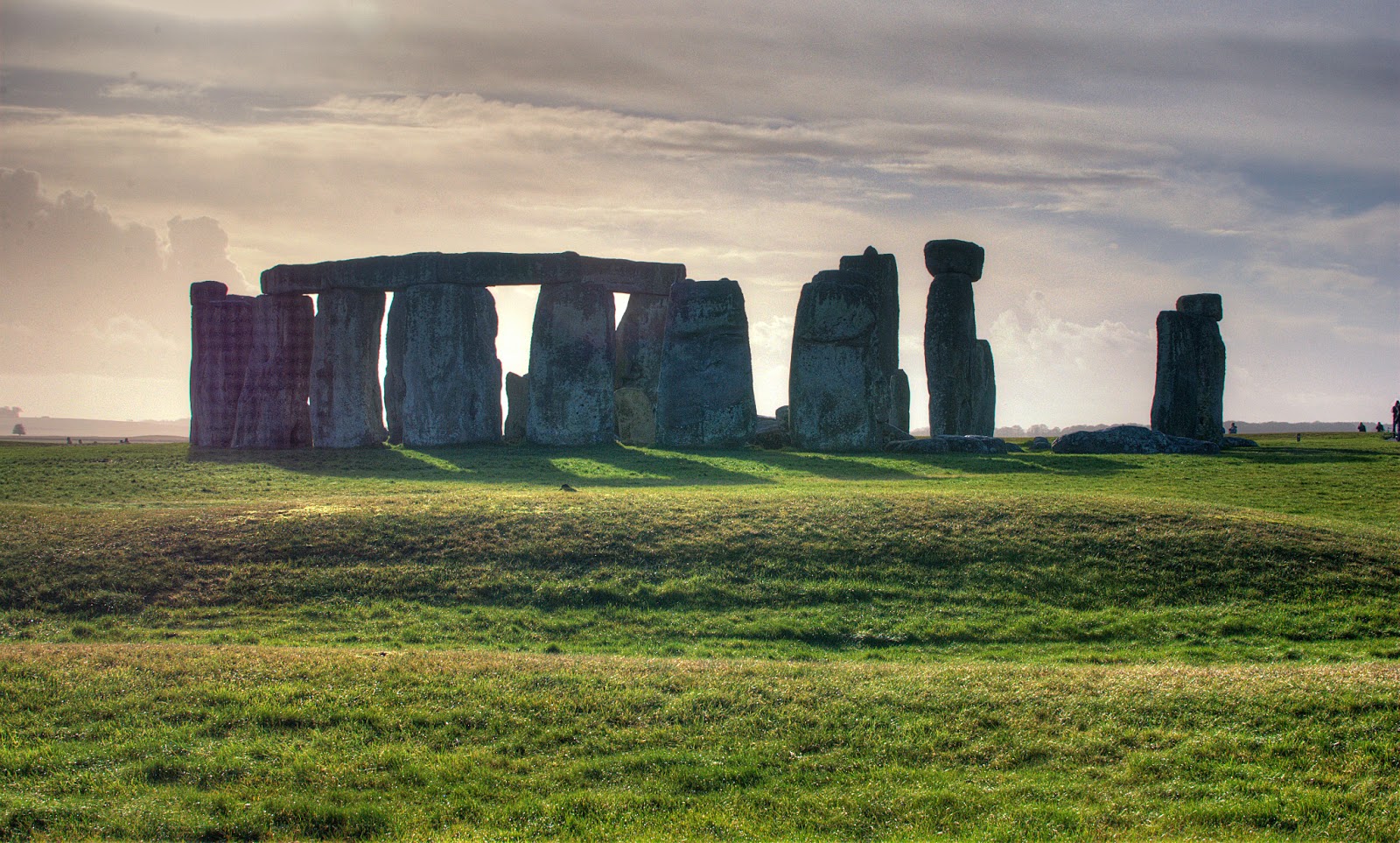 Submitted by ZERO POINT - Ex... on
Submitted by ZERO POINT - Ex... on

The stone slabs of England's Stonehenge may have been more than just a spectacular sight to the ancient people who built the structure; they likely created an acoustic environment unlike anything they normally experienced, new research hints.
"As they walk inside they would have perceived the sound environment around them had changed in some way,"said researcher Bruno Fazenda, a professor at the University of Salford in the United Kingdom. "They would have been stricken by it, they would say, 'This is different.'"
These Neolithic people might have felt as modern people do upon entering a cathedral, Fazenda told LiveScience.
Fazenda and colleagues have been studying the roughly 5,000-year-old-structure's acoustic properties. Their work at the Stonehenge site in Wiltshire, England, and at a concrete replica built as a memorial to soldiers in World War I in Maryhill, Wash., indicates Stonehenge had the sort of acoustics desirable in a lecture hall.
Stonehenge itself is no longer complete, so Fazenda and colleagues used the replica in Maryhill as a stand-in for the original structure. At both locations, they generated sounds and recorded them from different positions to see how the structure influenced the behavior of the sound.
At the replica, they found a reverberation time of just less than one second, the amount of time optimal for a lecture hall. Unlike an echo, which is a single response created when sound waves reflect off something, reverberation occurs when a sound is sustained by a quick succession of reflections arriving at different times.
Modern cathedrals can have reverberation times of about 10 seconds or more, while concert halls are designed so reverberation in them will last between two and five seconds, Fazenda said.
About one second of reverberation is "just enough for us to start becoming aware of it," he said.
Based on their work at Maryhill, the researchers believe the many stones within Stonehenge would have diffracted and diffused sound waves, creating reverberation. The large amount of diffusion and diffraction would have also lead to good sound quality regardless of where the listener was standing in relation the source of sound within the structure.
"What we found in Maryhill as a model for Stonehenge was you could almost stand behind a stone and keep talking with a good level of voice, and people would be able to hear you somewhere else," he said.
For the Neolithic people who built this structure, this sort of acoustic environment was likely quite unusual. They appear to have lived in smaller, thatched-roof homes made of wood, which would not have reflected sound as effectively. And the region around Stonehenge has no significant geographical features, like high cliffs, which are associated with echoes, or large caves, which are associated with reverberation, Fazenda said.
While some have suggested that Stonehenge was designed to create certain acoustic effects, Fazenda said he sees no evidence for this.
Rather than search for an acoustic motivation behind the construction of this mysterious structure, this research is intended to help better understand how the ancient people might have used the structure, he said.
Fazenda collaborated with Rupert Till of the University of Huddersfield in the UK and with archaeologist Simon Wyatt on this project.
Wynne Perry